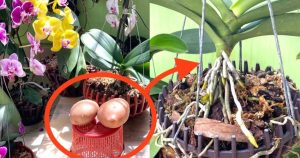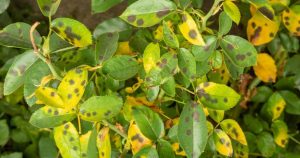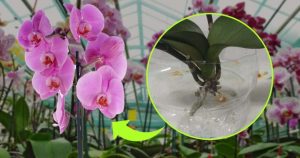How to prevent peach leaf curl? Is it possible to cure it when it occurs? We will answer these questions.
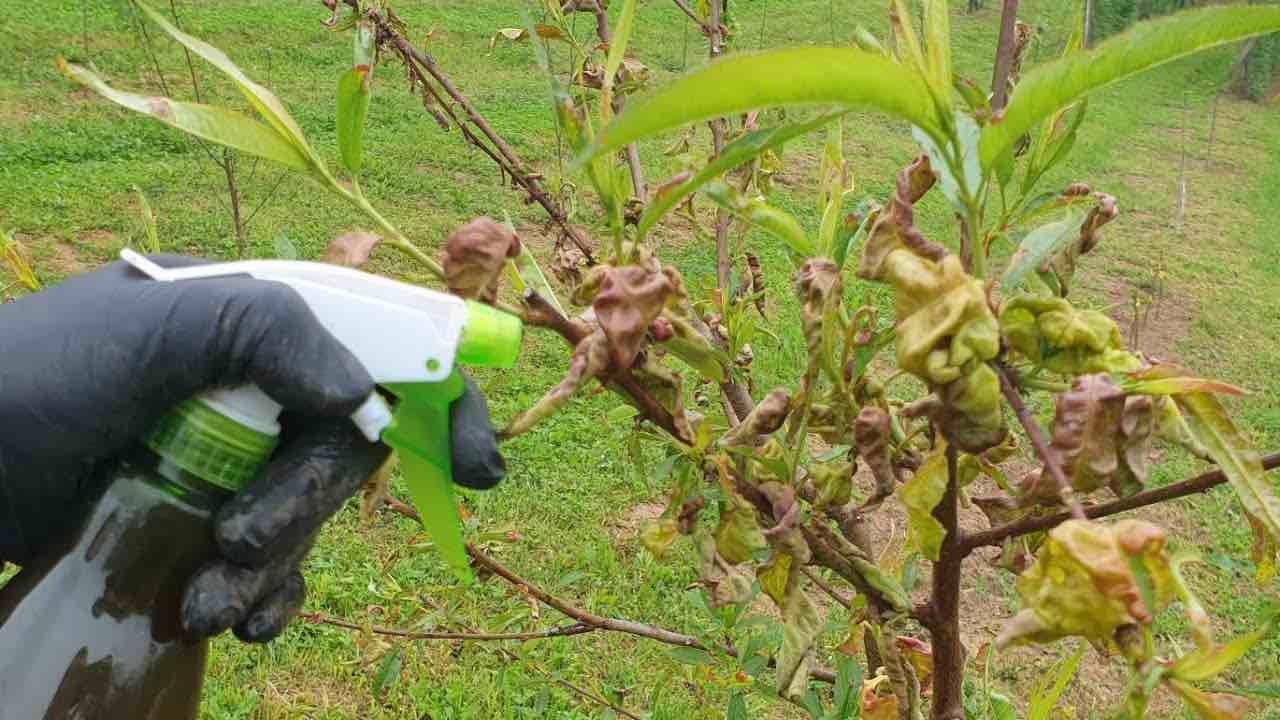
The problem of peach leaf curl is ubiquitous among all peach and nectarine growers.
This fungal disease can have a profound effect on every aspect of these tree plants, including flowers, fruit, leaves and shoots.
Gaining knowledge about peach leaf curl is an essential initial measure in managing and suppressing this affliction .
How to Identify Peach Leaf Curl
Identifying peach leaf curl is a relatively simple task and does not require specialized knowledge.
It targets only peach and nectarine trees , making it easy to distinguish from other tree diseases. Despite its simplicity, it is one of the most pernicious diseases that could afflict your peach tree.
It typically occurs in spring when temperatures are low and there is abundant rainfall.
As new peach leaves grow, they will be unusually thick and will begin to curl, eventually taking on a crinkled appearance .
Also, blisters will appear on the leaves , starting out as yellow or reddish in color before later turning white.
Eventually, the entire leaf may turn various shades while developing a whitish coating.
During early summer, previously unsightly leaves will worsen in appearance as they turn darker shades, shrink in size, and eventually fall off the tree.
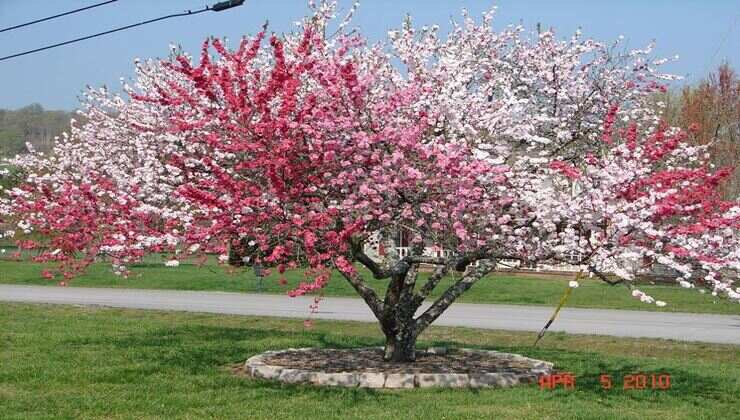
Occasionally, new foliage will emerge after diseased leaves have fallen, but trees affected by the disease tend to be brittle and unproductive . If a fruit is produced, it will be deformed and covered in a number of blemishes.
The peach tree could experience significant weakness and decreased yield of usable fruit due to several years of disease.
In some cases, the fruit may drop before it ripens . While the tree may not necessarily die, you may want to consider cutting it down.
The signs and symptoms of curl
Typically, signs of peach leaf curl appear within two weeks of foliar emergence.
Symptoms of this condition involve curling of the leaves along with a change in color.
Shades can range from yellow to purple, with discoloration being a common feature. Furthermore, there may be the presence of reddish warts on the leaves , which can become deformed.
In later stages, the leaves may turn gray or develop a powdery texture.
It is possible for fruit to contract infections that manifest as wart-like growths. These growths cause the fruit to become distressed and it can even drop prematurely from the source.
Peach tree leaf curl not only affects the leaves of the peach tree, but it can also impact its new growth.
Affected shoots, for example, tend to be stunted and thick , while new twig tissue appears swollen and can eventually lead to death.
The ideal treatment
While treating peach leaf wart after symptoms appear is often ineffective, it is simple to prevent this disease .
To typically stop peach leaf curl, apply a spray of fungicide during the fall after the leaves have dropped or just before spring budding.
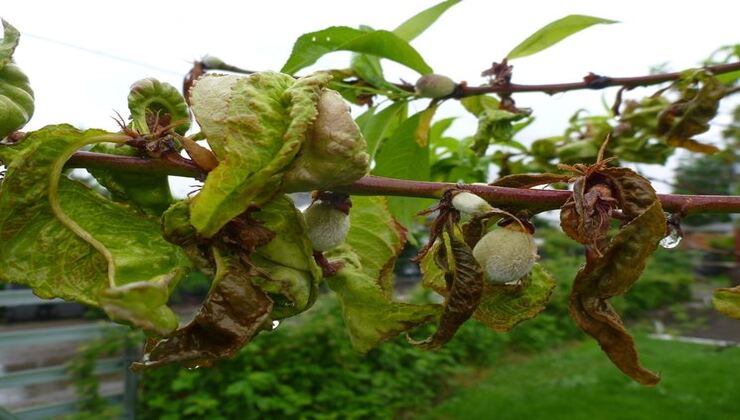
Generally, one treatment during the autumn is sufficient. However, areas sensitive to humid weather may require extra treatment in the spring .
Infections tend to be at their highest after rainfall, when spores are carried into buds by rain.
To prevent peach leaf curl, fungicides are therefore necessary. The question arises: which fungicides are most effective for this purpose?
The safest and most powerful fungicides for home gardeners are stationary copper products. These products may be labeled Metallic Copper Equivalent (MCE) on the packaging.
The MCE classification determines the strength of the fungicide; the higher the score, the more effective the fungicide. Lime sulfur and copper sulfate are the least effective options.



